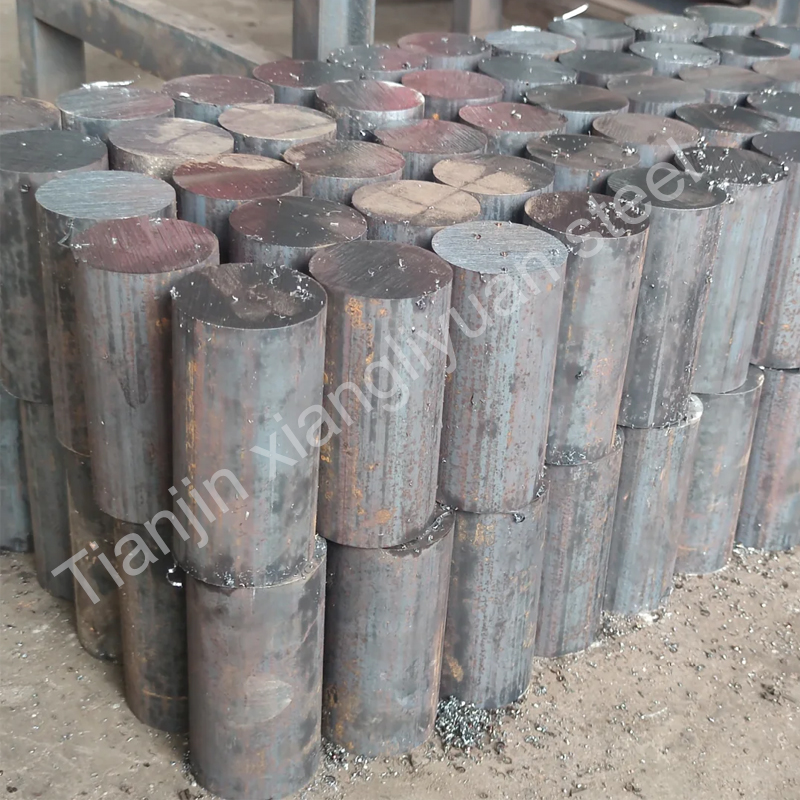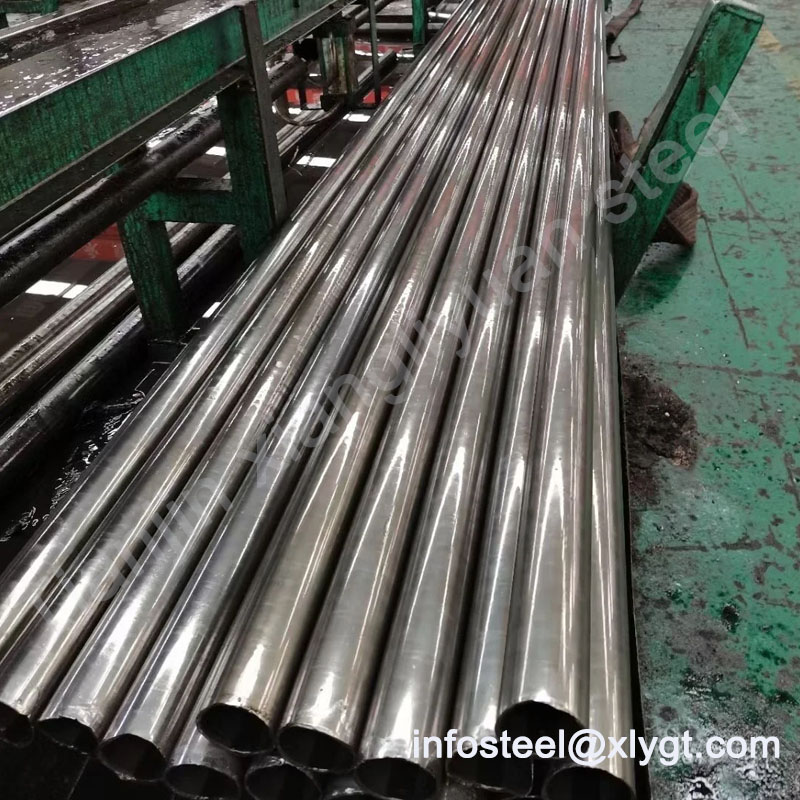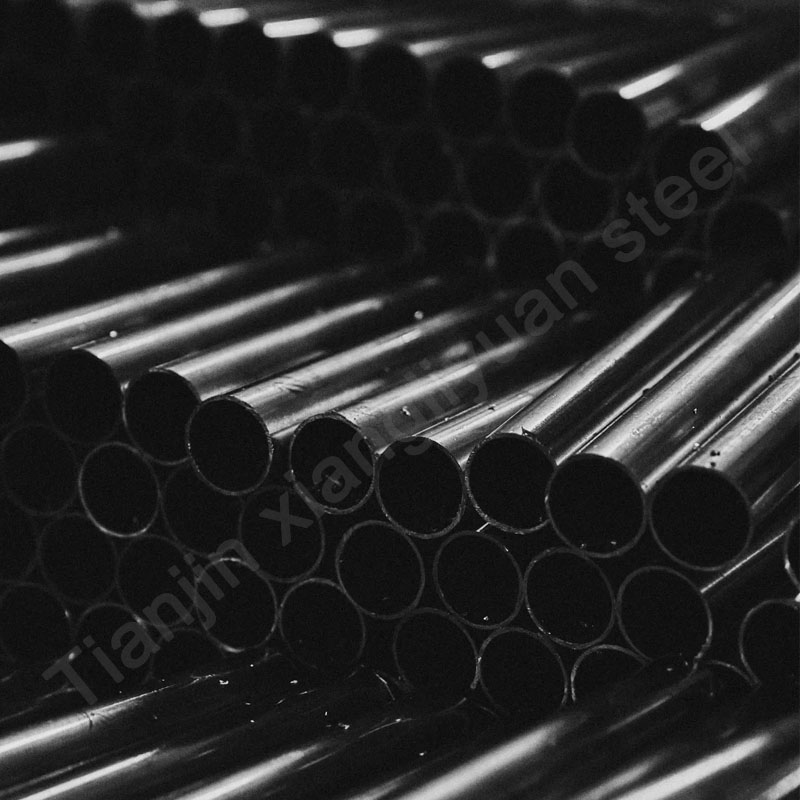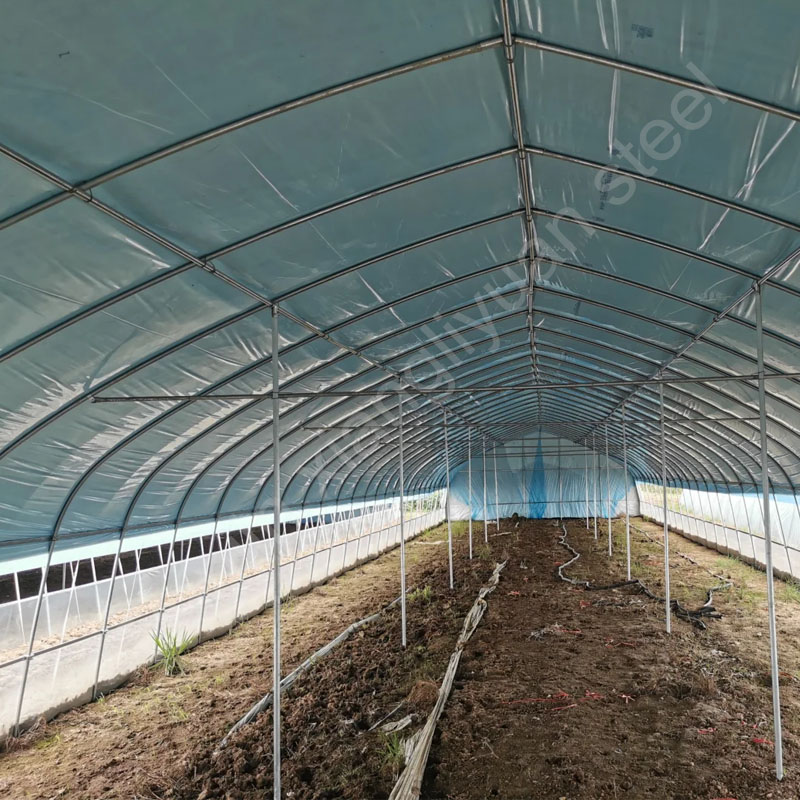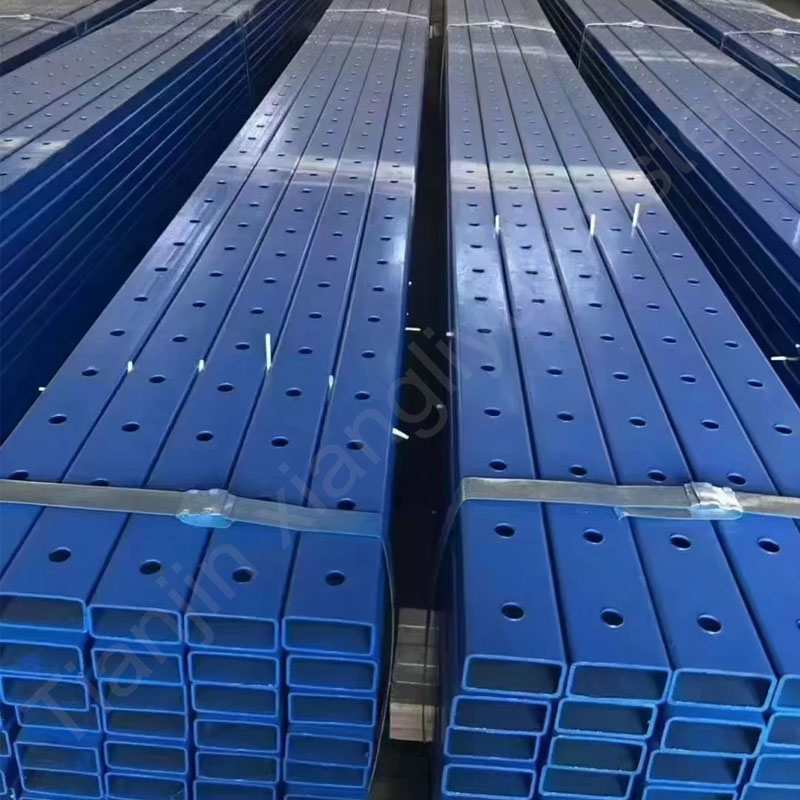Your Technical Guide to Selecting Optimal Steel Grades for Pipes, Tubes, and Structural Components
As a premier manufacturer of carbon steel pipes, steel tubes, and steel bars, we engineer precision-grade materials for diverse industrial demands. This guide cuts through the confusion surrounding SAE 1025 (25#) and SAE 1045 (45#) steels—answering critical buyer questions:
When should I choose 25# vs 45# steel for piping systems?
How does carbon content impact weldability and strength?
What applications demand 45# steel’s hardness over 25#’s ductility?
Discover why our ASTM-certified tubes deliver unmatched performance across both grades.
1. Chemical Composition: The Core Difference
| Element | 25# Steel (SAE 1025) | 45# Steel (SAE 1045) | Impact on Performance |
|---|---|---|---|
| Carbon (C) | 0.22–0.28% | 0.42–0.50% | ↑Carbon = ↑Hardness, ↓Ductility |
| Manganese (Mn) | 0.30–0.60% | 0.60–0.90% | ↑Mn = ↑Hardenability |
| Phosphorus (P) | ≤0.040% | ≤0.040% | ↓P = ↑Toughness |
| Sulfur (S) | ≤0.050% | ≤0.050% | ↓S = ↑Weldability |
Material Classification:
25# Steel: Low-carbon steel (excellent formability)
45# Steel: Medium-carbon steel (superior strength)
2. Mechanical Properties Comparison
| Property | 25# Steel (SAE 1025) | 45# Steel (SAE 1045) |
|---|---|---|
| Tensile Strength | 460–550 MPa (66,700–79,800 psi) | 580–700 MPa (84,100–101,500 psi) |
| Yield Strength | 275 MPa (39,900 psi) | 345 MPa (50,000 psi) |
| Elongation (50mm) | 23% min | 16% min |
| Hardness (Annealed) | 126–179 HB | 126–179 HB |
| Hardness (Heat-Treated) | N/A (rarely HT) | 55–60 HRC (Q&T at 550°C) |
Performance Implications:
25# Pipes/Tubes: Better for bending, flaring, cold-forming.
45# Bars/Tubes: Ideal for wear-resistant, high-stress components.
3. Manufacturing & Processing Differences
A. Weldability
25# Steel:
Excellent weldability (Pcm* ≤0.25)
All processes: SMAW, GMAW, GTAW without preheat
45# Steel:
Requires preheating (150–260°C/300–500°F)
Post-Weld Heat Treatment (PWHT) mandatory
Use low-hydrogen electrodes (E7018)
*Pcm = Carbon Equivalent Formula: C + Mn/6 + (Cr+Mo+V)/5 + (Ni+Cu)/15*
B. Machinability
| Grade | Machinability Rating | Tool Recommendations |
|---|---|---|
| 25# | 85% (Free-cutting steels = 100%) | HSS tools, moderate speeds |
| 45# | 60–70% | Carbide inserts, coolant essential |
C. Heat Treatment
25# Steel: Rarely heat-treated (except case hardening for surface wear)
45# Steel: Often quenched & tempered (Q&T):
Quench: 830–850°C oil/water → Tempering: 550–600°C
4. Industry Applications: When to Use Each Grade
A. 25# Steel (SAE 1025) – The Formable Workhorse
Structural Tubing: Construction scaffolds, handrails (ASTM A500 Gr. B)
Fluid Transport: Water/gas pipes (API 5L Gr. B, ASTM A106)
Automotive: Exhaust systems, chassis components
Agriculture: Irrigation sprinkler arms
B. 45# Steel (SAE 1045) – The High-Strength Specialist
Machinery Components:
Gears, shafts, spindles (Q&T to 55 HRC)
Hydraulic cylinders (ASTM A519)
Tooling: Jigs, fixtures, die holders
Mining: Drill rods, conveyor rollers
High-Stress Pipes: Boiler supports, piling pipes
5. Direct Comparison: 20# vs 25# vs 45# Steel
| Parameter | 20# (SAE 1020) | 25# (SAE 1025) | 45# (SAE 1045) |
|---|---|---|---|
| Carbon Content | 0.17–0.23% | 0.22–0.28% | 0.42–0.50% |
| Tensile Strength | 410–530 MPa | 460–550 MPa | 580–700 MPa |
| Cost (per ton) | $600–$800 | $650–$850 | $750–$950 |
| Ideal For | Low-pressure tubes | Formed structures | Load-bearing parts |
6. Global Standards & Certifications
| Standard | 25# Steel | 45# Steel |
|---|---|---|
| ASTM (US) | A53 Gr. B, A106 Gr. B | A519 Seamless Mechanical |
| EN (EU) | 10255 S235JRH | 10297-2 C45E |
| JIS (Japan) | STKM11A | STKM45A |
| GB (China) | 20G (similar) | 45# |
Our pipes comply with ISO 9001, PED 2014/68/EU, and NACE MR0175 for sour service.
7. FAQs: Solving Buyer Dilemmas
Q1: Can I substitute 25# for 45# in hydraulic systems?
A: Not under high pressure! 45# has 40% higher yield strength—critical for >3,000 psi systems.
Q2: Which grade is better for threaded pipe fittings?
A: 25# steel—its ductility prevents cracking during threading.
Q3: Does 45# steel corrode faster than 25#?
A: Corrosion rates depend on environment, not carbon content. Both require protection in humid/chemical exposure.
8. Why Choose Our Steel Pipes & Tubes?
Grade-Specific Optimization:
25# tubes: Cold-drawn for uniform wall thickness (±5%)
45# bars: Precision Q&T to 55 HRC (±2 HRC)
Global Certifications: API 5CT, ASME SA106, EN 10216
Value-Added Services:
Cut-to-length, threading, grooving
PMI testing, third-party inspection (SGS/BV)
Anti-corrosion coatings (HDG, epoxy)
Match Your Project Needs with Precision-Grade Steel
25# and 45# carbon steels serve distinct purposes:
Choose 25# (SAE 1025): When formability, weldability, and cost-efficiency matter most.
Choose 45# (SAE 1045): For high-stress, wear-resistant applications requiring heat treatment.
Still Deciding? Our engineers provide free material selection consultations. Request test samples to validate performance.

